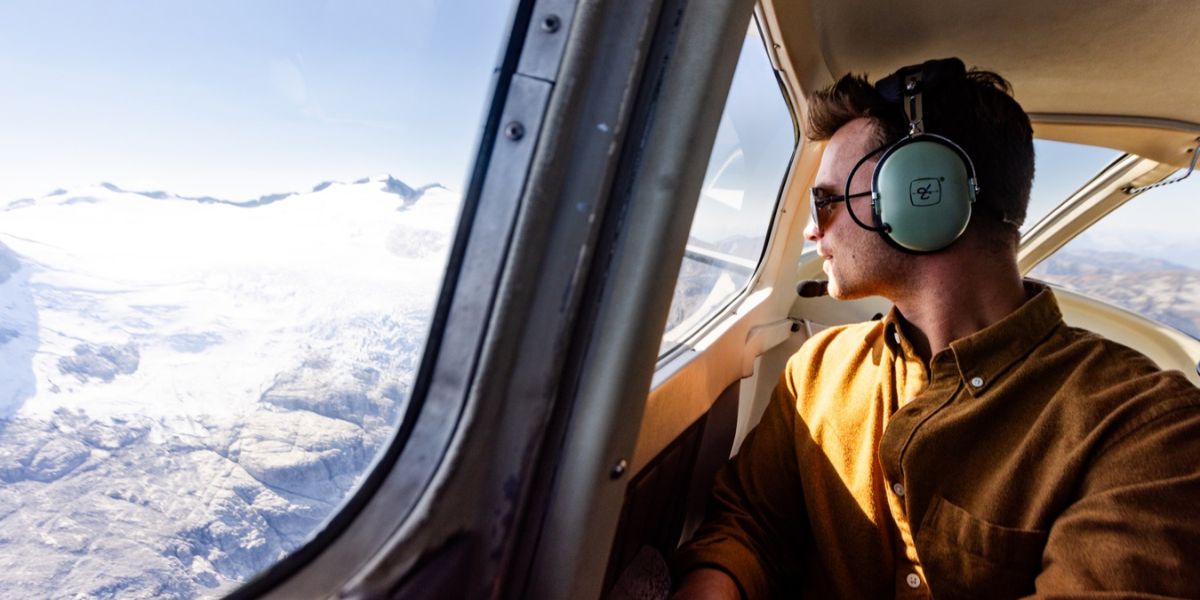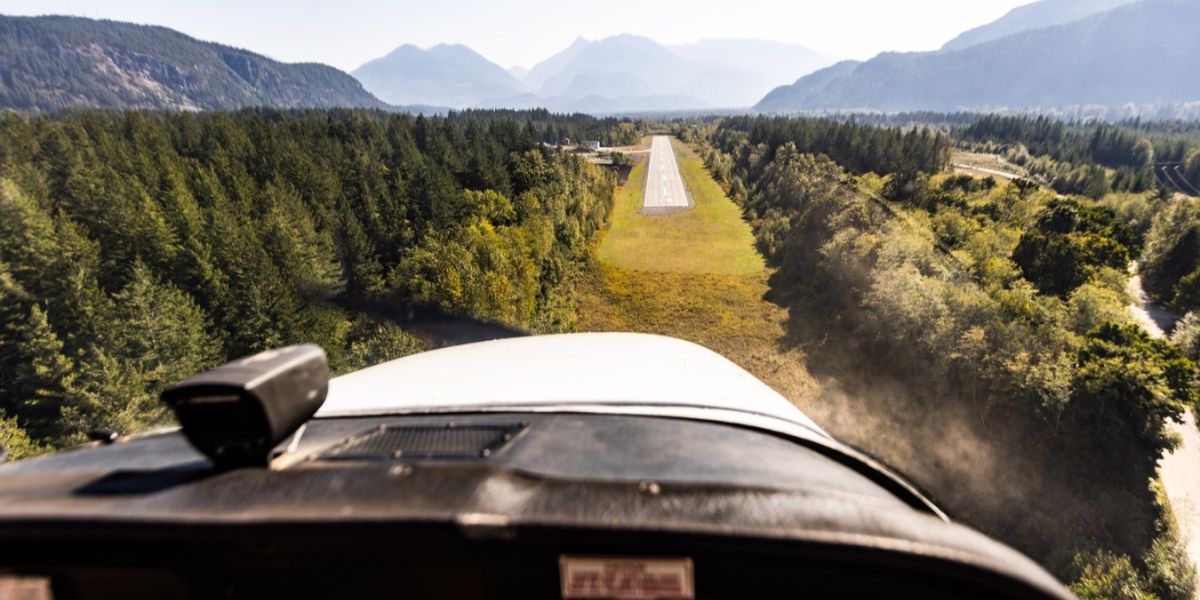In the world of aviation, the unknown or misunderstood can often be a source of anxiety and fear for many. Recognizing that knowledge is indeed power, this article aims to address some of the common fears or misunderstandings passengers may have while flying. By delving into the specifics of what happens during key phases of flight, such as takeoff and experiencing turbulence in a Cessna 172, we aim to demystify these moments and provide a clearer understanding. Our goal is to equip you with knowledge, shedding light on these experiences in more detail so that you can feel more at ease and empowered the next time you fly.
The takeoff in a Cessna 172 starts with a smooth acceleration along the runway. As the pilot increases throttle, the aircraft’s speed rises, and you’ll feel a firm push back into your seat. This sensation is due to the increase in acceleration forces pushing you against the direction of motion, a normal physical response to the aircraft gathering speed.

Just before liftoff, some passengers might feel a sensation of being pulled down or a slight heaviness. This feeling is transient and is part of the normal forces at play during the transition from ground to air. It’s akin to the feeling you get when quickly accelerating in a car, where the body’s inertia resists the change in speed, creating a feeling of being pushed back or down into the seat.
As the aircraft rotates (nose up) and leaves the ground, it enters the climb phase. The climb is steady, and the view expands as you gain altitude. The Cessna 172’s climb rate allows for a gradual ascent, making the experience less abrupt and more comfortable for passengers.

When the Cessna 172 reaches a certain altitude, the pilot may adjust the engine power and pitch to level off or change the climb rate. This adjustment can create a sensation that the plane is slowing down or briefly falling. This feeling results from the aircraft transitioning from a climb to a more level flight path. The change in vertical acceleration combined with the adjustment in engine power can create a momentary sensation of decreased speed or a slight drop. However, this is a normal occurrence and is part of managing the aircraft’s altitude and speed for a comfortable and efficient flight.
Experiencing turbulence during a flight can evoke a mix of feelings, especially if they come on suddenly. Even though it may feel alarming, turbulence is a very normal and expected sensation during flight.
Think of turbulence as the airplane’s way of navigating the natural ebb and flow of the air currents, much like a boat gently rocking on waves in the sea. These movements—whether they’re light bumps or a brief, gentle swaying from side to side—are entirely normal and an expected part of the journey through the skies. The aircraft we fly in are built to handle these moments gracefully, ensuring your safety throughout.

As the aircraft prepares to land, passengers might feel a slight forward motion and a reduction in speed as the pilot adjusts the throttle and uses flaps to prepare for touchdown. The moment of landing can vary from a gentle touch to a firmer feel, followed by a noticeable deceleration as the pilot applies brakes to bring the aircraft to a stop.
These experiences during takeoff and climb are typical of fixed-wing aircraft operations and are expected parts of the flight profile. Pilots are trained to perform these maneuvers smoothly and safely, ensuring passenger comfort. The design and operation of aircraft like the Cessna 172 take into account these physical sensations to minimize discomfort and make the experience enjoyable.
Understanding the intricacies of flying can significantly alter one’s perception of air travel, transforming fear into fascination. We hope this exploration of common fears and the explanations provided have helped to alleviate some of the anxieties associated with flying.
Our pilots at Sea to Sky Air are not only experts in navigating the skies but are also here to support you, our passengers. If you ever find yourself feeling nervous or have any questions or concerns about flying, please do not hesitate to let your pilot know. Whether it’s your first flight or you’re someone who still feels uneasy in the air, our pilots are more than happy to explain any movements, sensations, or sounds you might experience. Remember, it’s completely okay to express that you’re nervous or afraid of flying. Once aware, our pilots will ensure they provide extra explanations and reassurances throughout your journey.
At Sea to Sky Air, your comfort and safety are our top priorities, and we’re dedicated to making your flying experience as enjoyable and stress-free as possible.